Ryan Willms: The Gastown Culmination
In an ongoing expansion, the move to the offline world will take place with the opening of the INVENTORY space in Vancouver’s Gastown area. We took the opportunity to catch up with Ryan Willms, founder of INVENTORY.
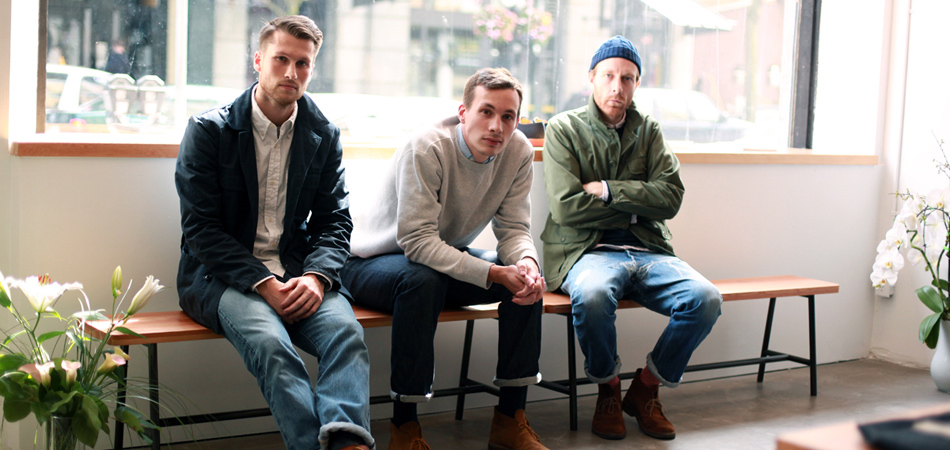
In the infant stages of Ryan Willms’s inaugural online platform the h(y)r collective, I had the opportunity to participate in an interview for the fledgling online magazine. It was only a matter of time before the roles were reversed. Bringing to the fold the right mix of properly voiced opinions and product highlights, it came as no surprise that what has eventually become INVENTORY has had such a great success. In approximately 2 years time, many developments have come at the hands of Ryan and the INVENTORY team – Simon Roe and Owen Parrott. The launch of a print magazine was preceded by a range of collaborative items and curated products chosen for their online store. In an ongoing expansion, the move to the offline world will take place with the opening of the INVENTORY space in Vancouver’s Gastown area. With such a quick rise and the balancing act that encompasses running so many different projects, we took the opportunity to catch up with Ryan and the foundation of INVENTORY’s growth.
Interview: Eugene Kan
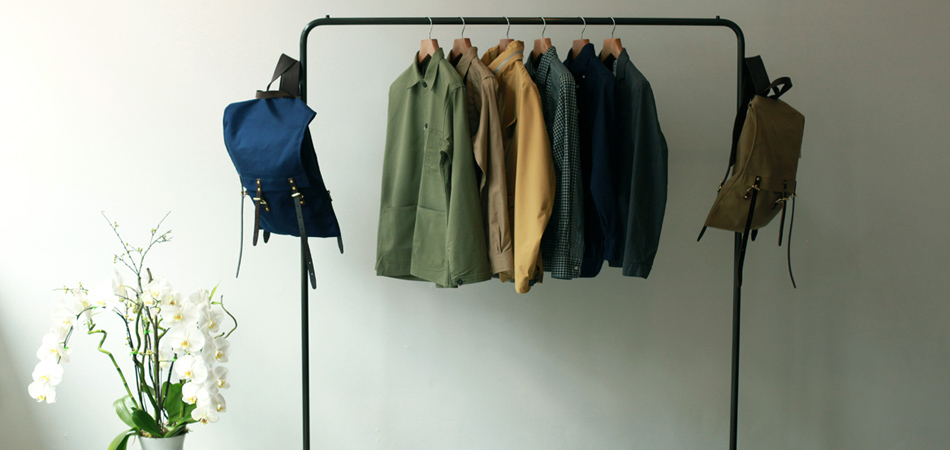
How different is the movement between online to offline relative to planning and execution. In what ways are creating an offline presence easier than an online one?
It’s definitely a different process publishing offline and online. The Internet is so fast and everyone is waiting for their RSS feed to update and to see something new, but everyone pretty much posts the same thing it feels like. Online also allows you the chance to make a mistake and fix it much more easily, which takes some of the pressure off. Printing the magazine requires a lot more planning, a lot further ahead, more attention to every detail and a much more taxing production process. 170 pages of original words and photos take a lot of time to edit down to communicate exactly what we want to say or showcase. Whether it’s an interview, editing images, drawing up shot lists, developing film or deciding on certain design elements of the magazine – everything has to be considered. Not that it isn’t online, but there is much more flexibility and room for error.
What is about about Gastown that seemingly offers a mood and aesthetic that has been embraced by retailers from all levels of fashion. What sort of feelings do you get from the area itself?
I think Gastown’s historic element definitely is a draw for retailers. It’s the original center of the city so the buildings are older, the streets are beat up bricks and everything just seems to have more character. The neighborhood also used to be quite cheap but has recently been growing steadily and with gentrification comes a rise in price. Luckily we found a location in a great building that was willing to work with us and make it reasonable to take on the space. There is already a nice community in the neighborhood, which helps too. We’re happy to be neighbors with Stussy, Haven and Roden Gray, and I think we can all offer a nice mix of elements to compliment one another.
What was your process for choosing a space?
We’ve known since the beginning that we wanted to open a shop, but with the momentum of the magazine, online retail and our relationships with the brands we liked, it all just came together at the same time. The space popped up, it was a great location and we didn’t want to miss out, and there aren’t many good places left in Vancouver. We probably only saw 3 or 4 spaces before finding this one, but it just felt like it was the right place for our new home.
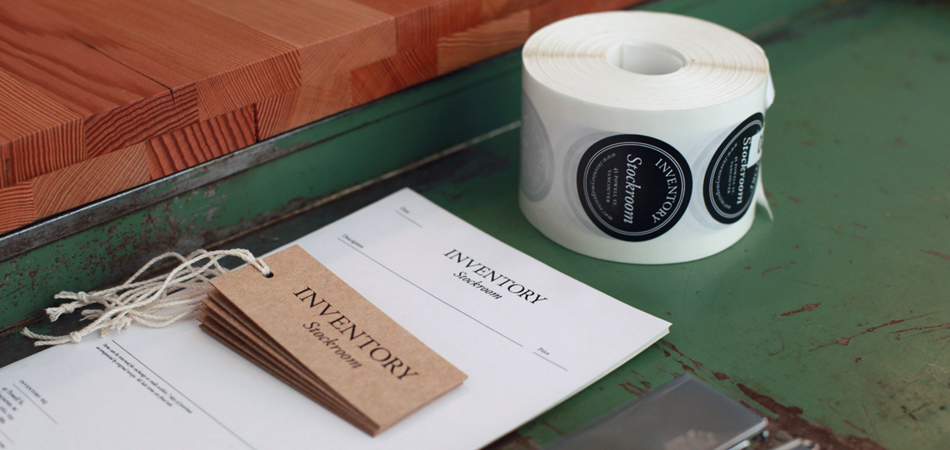
What was the overall aesthetic you were looking for?
I think we had general ideas before we even looked at a place but once we took the lease, we starting putting together a bunch of images, concepts and moods, which were eventually edited down to a very precise look and feel. We didn’t want to get caught in the current trend of going overboard on the Americana, cluttered hunting cabin feel either, so I think we looked to shops like Visvim, Margaret Howell and Engineered Garments more so for reference. We kept it quite minimal with some custom furniture mixed in with a couple bits of industrial lighting and accents in small pieces.
What role with a physical space serve and what can we expect? How will this help INVENTORY grow?
The physical space will be both our studio space as well as our shop front. On the studio front, it gives us more room to work freely, shoot product and develop ideas in a more conducive atmosphere. The shop front really just lets us have our own shop, curated in the way we’d like and offer an edited selection of what we think are the best products around. Through our online shop and the magazine we’ve been able to develop a handful of relationships that really allowed us to curate the perfect stocklist in our opinion. The bricks and mortar space allows us to work with some of the brands that might not otherwise sell to us if it were only online.
How do you approach the relationship of retail and editorial?
I feel like it’s a very natural relationship. It’s seen in the products featured online and in the magazine, the clothes we wear and the products in our shop. It’s really pieced together by our tastes and the things we like. The brands we are selling, we truly care about and are interested in. It happens often that we feature a brand or person in our magazine and then have the products in our shop. It’s not a marketing plan or anything, we just really know what we like and find them interesting on multiple levels, so its natural we want to work with them. The brands and people also seem to appreciate it as they can see that we understand their product and can be great ambassadors of their own brand, which is an honor with the people we are working with.
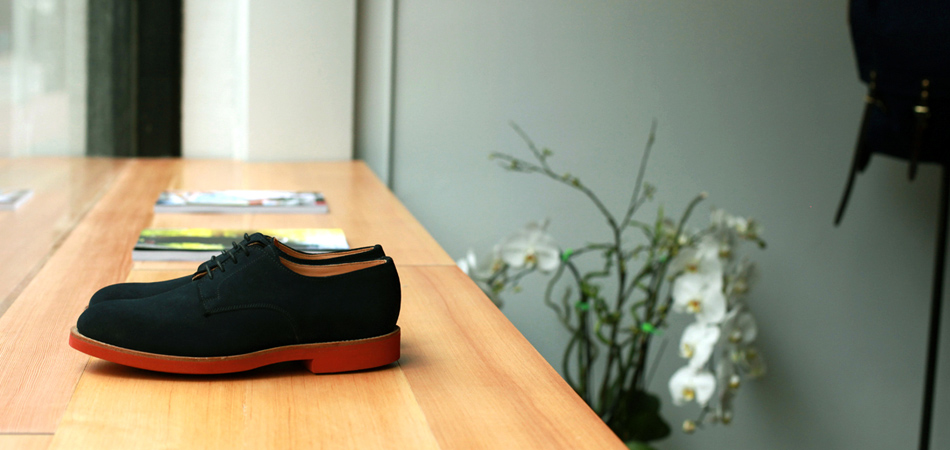
What would you say were the defining factors in your rapid growth?
From the beginning our blog has been where everything has grown from. That access to the global community has definitely contributed a lot to our growth rate. Through the website we were able to do our first collaborations, open an interesting online shop and launch a printed magazine with a built in readership. There aren’t many shops that open for the first time and already have hundreds or thousands of customers, likewise with the magazine. I think having such a focused product also has helped us move forward. Our online and print publications don’t often vary too much from our vision and nor does the product we’ve selected for our shop. I think that consistency has definitely helped us as a brand, but still allows room to try new things to keep it interesting.
We’ve seen an increasing number of people enter the world of print magazines at a time when things and business models would suggest otherwise. What can you attribute these movements to?
I think there’s a saying about how rough economic times often breed quality creative work and interesting products. Perhaps this is the case today, while so many older business models are failing, people are trying different ways to reinvent their brands and do something ‘new’. I think it also creates more of a mentality to go-for-self and do something you really believe in, be your own boss and take a risk. I think there are probably always people entering into the print magazine world, but to be honest, there still aren’t that many that are really good, creating something considered and thought through – there is a handful that really stand apart. I suppose it’s the same for brands and stores as well, it takes a special mix of people and circumstances for everything to work and the product to be just right.
What are your thoughts on the course media will take with the proliferation of e-readers and iPad-like devices?
The current course of media is definitely exciting and there are more platforms to create and communicate with than ever before. I don’t think everyone can do everything so I feel it’s best to choose the mediums that you feel will have the best impact and that you can have some control over. I’m not particularly worried about the iPad and whether or not our content is perfectly tailored for it – but it’s worth considering overall that you can reach the specific markets for your brand or company or client in the more efficient ways. So to somebody else, the iPad could be where you spend all your time. But I’m not about to make an iPad version of our printed magazine.
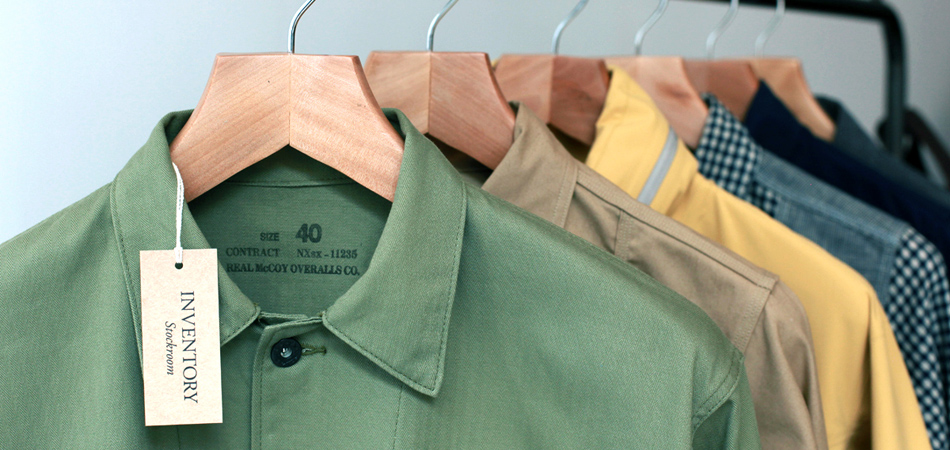
As generations begin to hit levels of fashion maturity much earlier than the past meaning many people are often dressing beyond their years, do you see a negative aspect to this?
I don’t really see this having a negative effect on people. I still haven’t seen any 12 year olds wearing Aldens and seersucker sport coats when they should be playing football and being a kid. Fashion is really about being comfortable with yourself and being able to subtly express how you feel through your choice of attire. If a 20 year old wants to wear a suit and tie, that’s great – if a 40 year old wants to wear a graphic tee and sneakers that could be great too. If they wear those items well and with style may be another question for debate.
We’ve seen a number of custom runs of items created exclusively for INVENTORY and your online retail presence. Is the change in approach from being an avid consumer to doing product design a relatively easy one?
I suppose we really launched our online shop due to the opportunity to work on couple of collaborative projects – so it’s something we feel is important to our brand and allows us to create items that we really like. Being a consumer, you can be very impatient and buy things now, or find out information now. But being on the production and design side, there is always something going wrong; a fabric can’t be found, a stitching detail missed – so you have to have a lot of patience going into the projects, which I didn’t really expect in the beginning. I thought it would be easier than it is, but I guess the goal is to make it look easy in the end, and I feel our collaborations exist for a reason and usually get a lot of wear and use by ourselves. I am excited for some of our fall projects with Baracuta and Joya to coming back from the sampling process.
With a focus on mostly timeless and non-trend based fashion, do you find that while there’s always going to be growth and renewed interest among readers, inevitably you may run out of things to highlight and focus? Product that aren’t inherently different and fresh season to season.
At first glance I think that could appear to be an issue, but when it comes down to it, the brands we are really highlighting and now retailing; Margaret Howell, Engineered Garments, Yuketen, The Real McCoy’s etc – they are all ‘fashion’ brands and continue to develop and produce something new each season. While they aren’t taking on new head designers like a Dior or YSL, they stick within their groundwork but still push themselves. It’s mixing those brands with more traditional companies like Duluth Pack and Wm. J. Mills & Co. that offers an interesting variety. So while some of the products and brands we do feature will be the exact same in 100 years, the majority of them are still trying new things each season. As well, in our second issue we were able to sit down with White Mountaineering and Beams; there is a huge market in Japan and a lot more brands that we love like Visvim, Wtaps and Neighborhood that we are till anxious to meet with and learn more about.
